1. Dark Side of the Moon – Pink Floyd (1973)
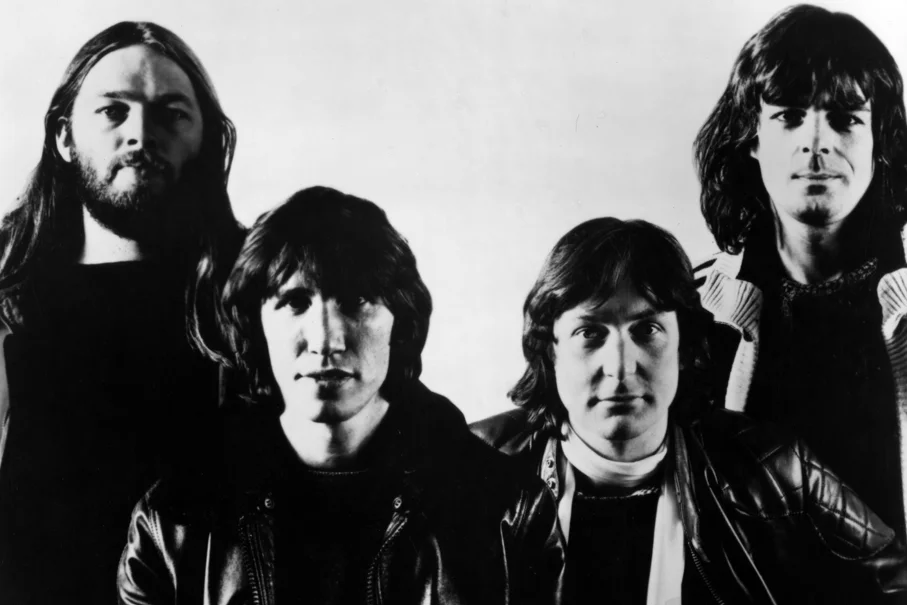
Pink Floyd didn’t just release an album with Dark Side of the Moon, they created an experience. From the heartbeat that opens the record to the philosophical lyrics about time, money, and mortality, it broke the idea that albums were just collections of singles. It flowed like one continuous piece, daring to be both experimental and accessible. That was rare in an era where radio play mattered most.
It also cemented the idea of the concept album in rock. The band used tape loops, sound effects, and even snippets of conversations to add texture. It became more than music, it was a journey listeners could step into. No wonder it spent over 14 years on the Billboard 200 chart.
2. Rumours – Fleetwood Mac (1977)
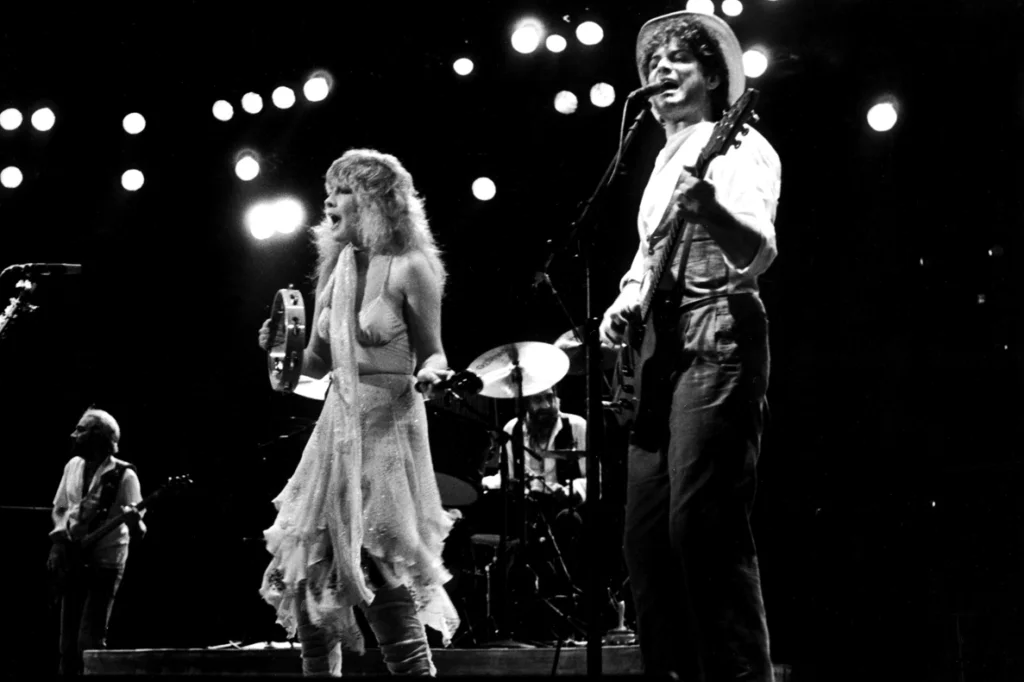
Fleetwood Mac turned personal turmoil into pop gold with Rumours. At a time when bands usually kept their private lives behind closed doors, they put heartbreak, jealousy, and betrayal right into the lyrics. Listeners could feel the raw emotion behind every harmony.
Despite the drama, the music itself was polished and radio-friendly. They proved you could take something messy and personal and make it universal. It broke rules by turning real-life breakups into a soundtrack everyone could sing along to.
3. Never Mind the Bollocks, Here’s the Sex Pistols – Sex Pistols (1977)
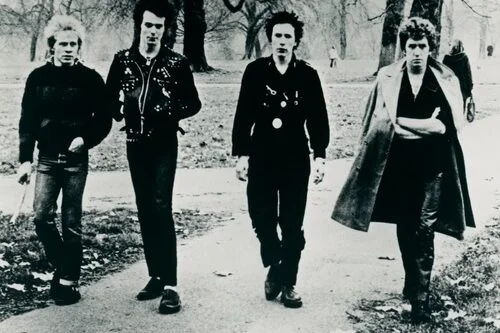
This wasn’t just an album, it was a rebellion pressed onto vinyl. The Sex Pistols threw away the polished rock star image and spat out raw, aggressive tracks that sneered at authority. They weren’t trying to be likable, and that’s what made them unforgettable.
The sound was loud, fast, and unapologetic. It kicked down the doors of the music industry and opened the way for punk. At a time when progressive rock bands were layering elaborate solos, the Pistols said, “Forget that, let’s make noise.” And it worked.
4. Songs in the Key of Life – Stevie Wonder (1976)
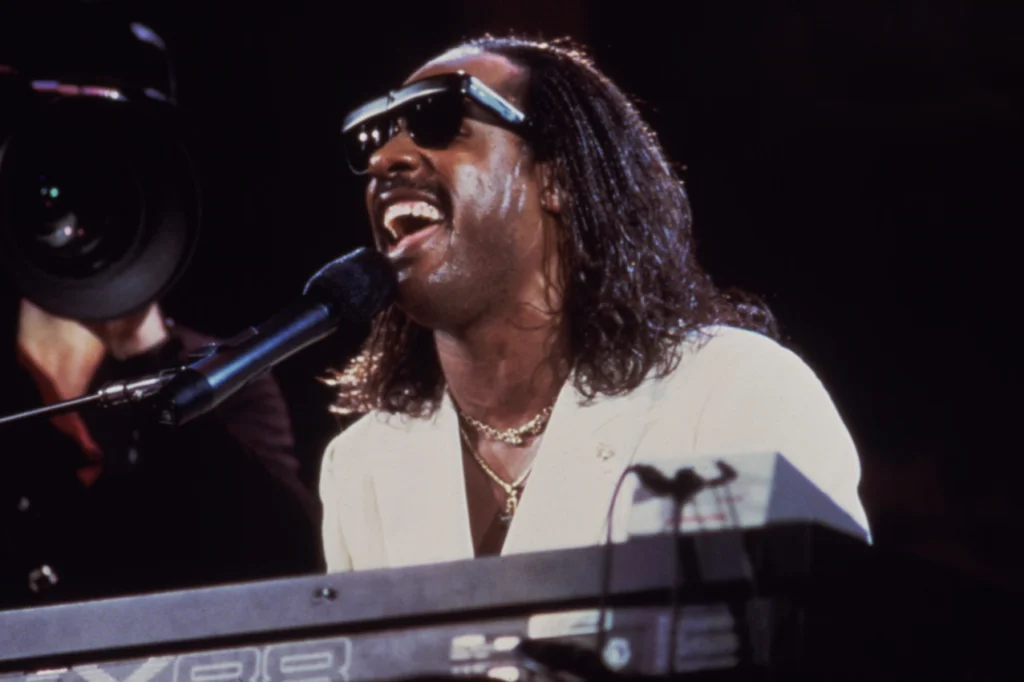
Stevie Wonder proved he could do it all with Songs in the Key of Life. It was sprawling, covering funk, soul, gospel, and pop, all while tackling social issues like poverty and love. He showed that music could be both catchy and meaningful.
The album was ambitious, with two LPs and even a bonus EP included. Instead of focusing on a single sound, Wonder created a kaleidoscope of styles. It broke the rules by being as expansive as his imagination, and it became one of the most celebrated albums of the decade.
5. Born to Run – Bruce Springsteen (1975)
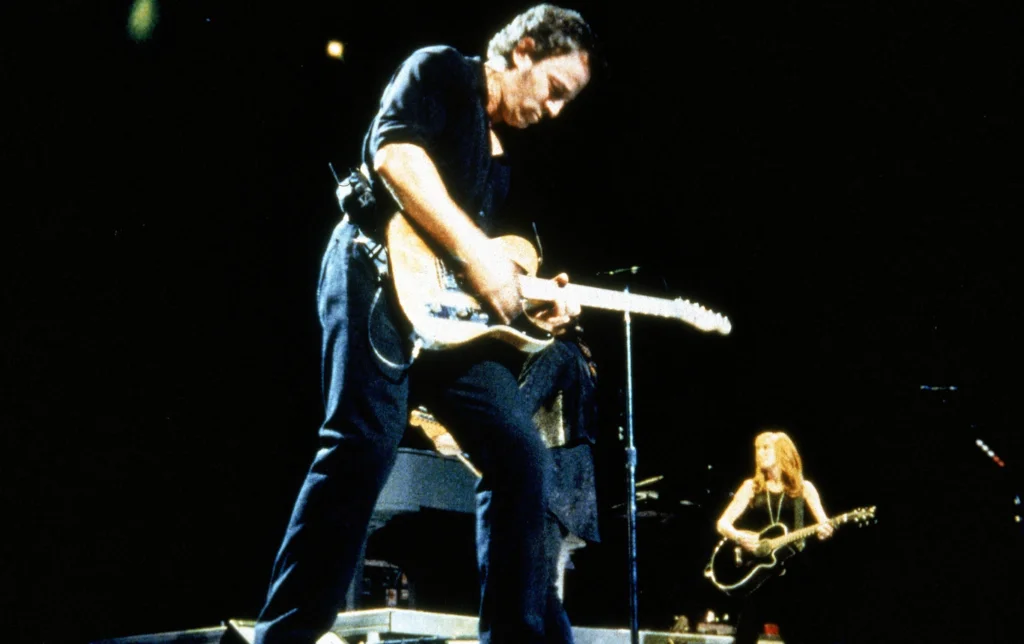
Bruce Springsteen poured everything he had into Born to Run. The album played like a movie, filled with characters chasing dreams and freedom on the open road. At a time when shorter, simpler songs dominated radio, he created anthems that felt cinematic.
He blended rock with poetic storytelling, giving blue-collar America a voice. The title track became a rallying cry, but the entire record stood as proof that rock could be grand and hopeful. Springsteen wasn’t just writing songs, he was writing an American myth.
6. London Calling – The Clash (1979)
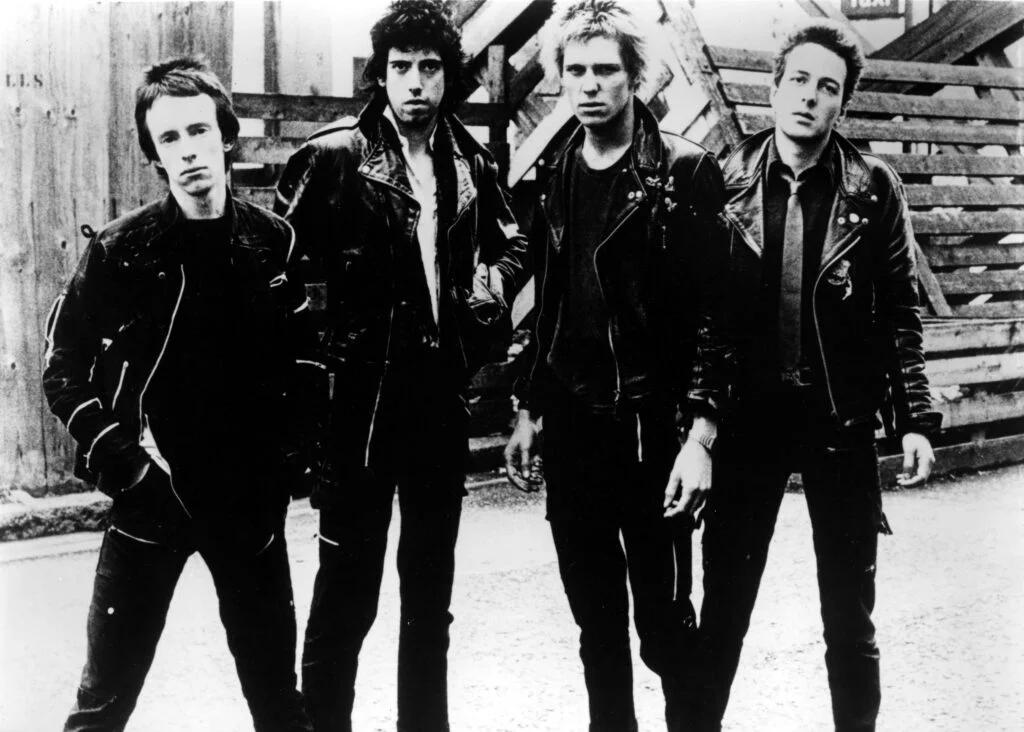
London Calling tore down the walls of what punk could be. Instead of sticking to fast three-chord songs, The Clash experimented with ska, reggae, rockabilly, and even jazz. They expanded the definition of punk without losing its rebellious heart.
The double album was sprawling, but it never felt bloated. Every track had energy and purpose, from protest anthems to playful rockers. It stood out because it didn’t just break the rules, it rewrote them.
7. Aja – Steely Dan (1977)
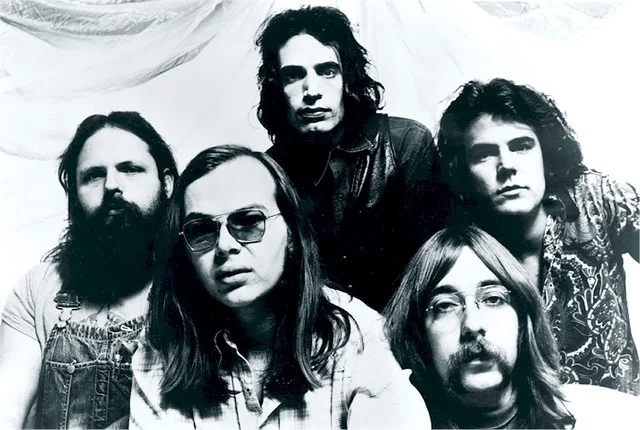
Steely Dan’s Aja was the opposite of raw punk—it was smooth, complex, and jazz-infused. The band obsessed over every note, bringing in some of the best session musicians in the world to get it perfect. It broke the rules by proving pop-rock could be as sophisticated as fine art.
The meticulous production made the album stand out. Songs like “Deacon Blues” and “Peg” blended clever lyrics with polished musicianship. It was proof that being perfectionists could actually pay off.
8. Hotel California – Eagles (1976)
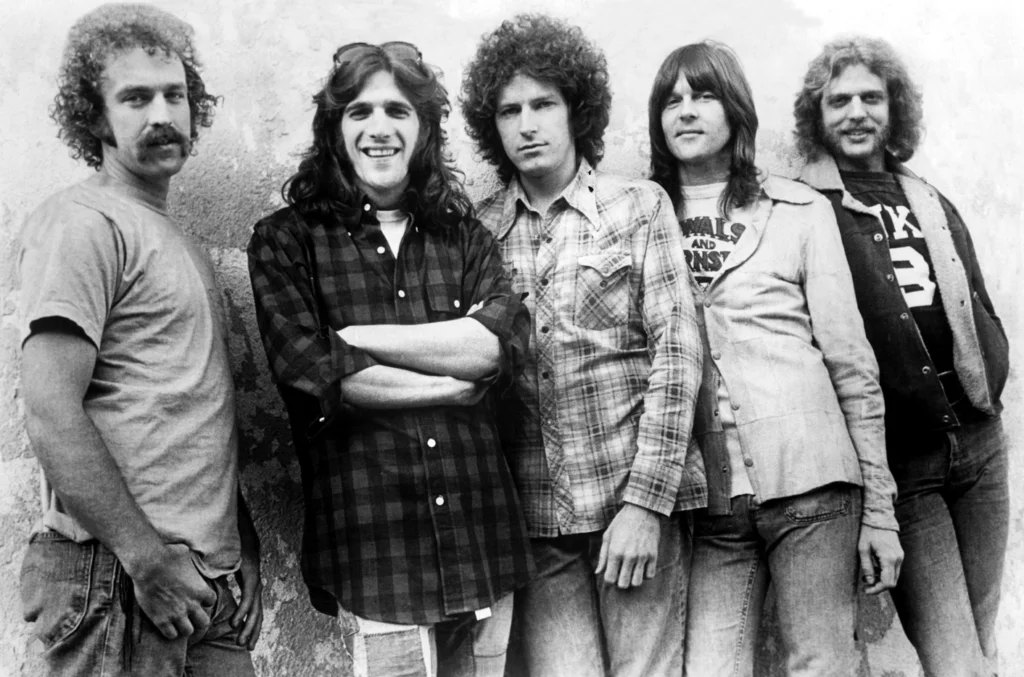
The Eagles were already successful, but Hotel California pushed them into legendary status. It was darker and more ambitious than their earlier country-rock leanings, tackling themes of excess, fame, and disillusionment. The title track itself felt like a haunting story wrapped in melody.
It broke the rules by leaning into rock opera territory while still delivering radio hits. The guitar solos were long, intricate, and iconic. The Eagles showed you could create music that was both radio-friendly and deeply thought-provoking.
9. Transformer – Lou Reed (1972)

Lou Reed’s Transformer gave a voice to outsiders at a time when rock was still dominated by traditional images. Produced by David Bowie and Mick Ronson, it introduced glam rock swagger with a gritty, streetwise twist. “Walk on the Wild Side” alone broke taboos, with its frank references to sexuality and gender identity.
The album stood out because it celebrated difference. It wasn’t polished to appeal to everyone, it was raw and authentic. Reed made it clear that rock wasn’t just about love songs—it could tell the stories of people on the margins.
10. Exile on Main St. – The Rolling Stones (1972)
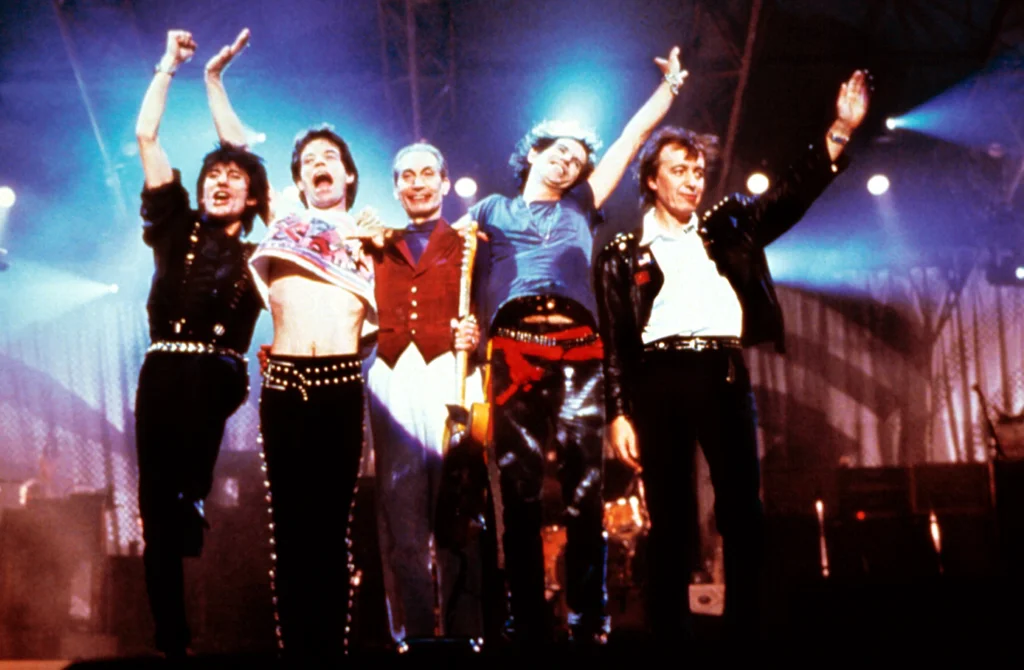
The Rolling Stones turned chaos into brilliance with Exile on Main St. Recorded in a villa in France while dodging tax issues, the sessions were messy and wild. The result was a double album that felt gritty and real, blending blues, rock, gospel, and country.
At a time when many albums were becoming slicker, the Stones leaned into imperfection. That rawness made it timeless. It was proof that sometimes, breaking the rules of structure and order can create something more authentic.
11. Parallel Lines – Blondie (1978)
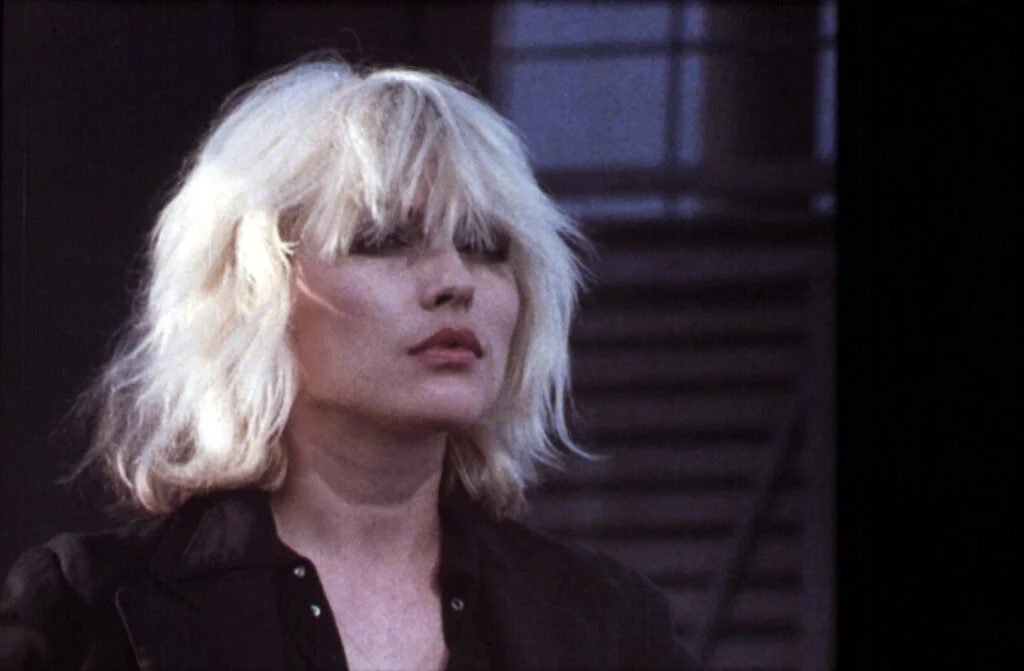
Blondie’s Parallel Lines smashed through barriers by mixing punk attitude with pop hooks. It was playful, stylish, and didn’t care about fitting neatly into one category. “Heart of Glass” shocked fans who thought punk bands should never flirt with disco—but it worked.
The album stood out because it dared to blend genres people thought couldn’t go together. Blondie showed that rules were meant to be bent, and audiences loved it. It became a blueprint for the new wave sound that defined the late ’70s.
12. Wish You Were Here – Pink Floyd (1975)
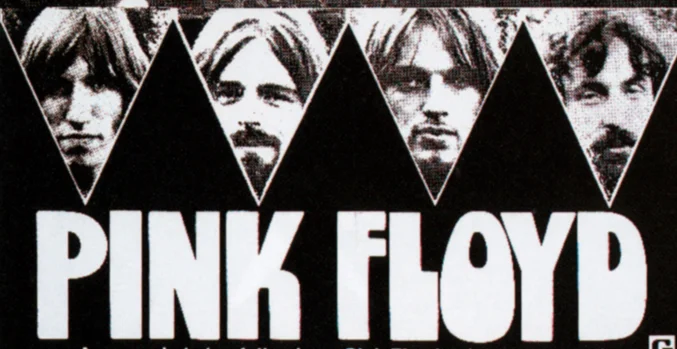
While Dark Side got more attention, Wish You Were Here pushed Pink Floyd even further into artistic territory. It was a tribute to their former bandmate Syd Barrett, while also critiquing the music industry. The 13-minute “Shine On You Crazy Diamond” alone broke every radio rule of the day.
The album stood out for its emotional depth. It wasn’t just about experimenting with sound, it was about capturing a sense of loss and longing. Pink Floyd turned grief into something hauntingly beautiful.
13. Tapestry – Carole King (1971)

Carole King redefined what a singer-songwriter album could be with Tapestry. At a time when most chart-toppers were rock bands or flashy acts, she sat at a piano and poured her heart out. Songs like “It’s Too Late” and “You’ve Got a Friend” were intimate, honest, and timeless.
It broke the rules by being deeply personal yet massively popular. King’s storytelling connected across generations, and her stripped-down style proved you didn’t need bombast to make a masterpiece. Sometimes the boldest move is to keep it simple.
14. Bitches Brew – Miles Davis (1970)
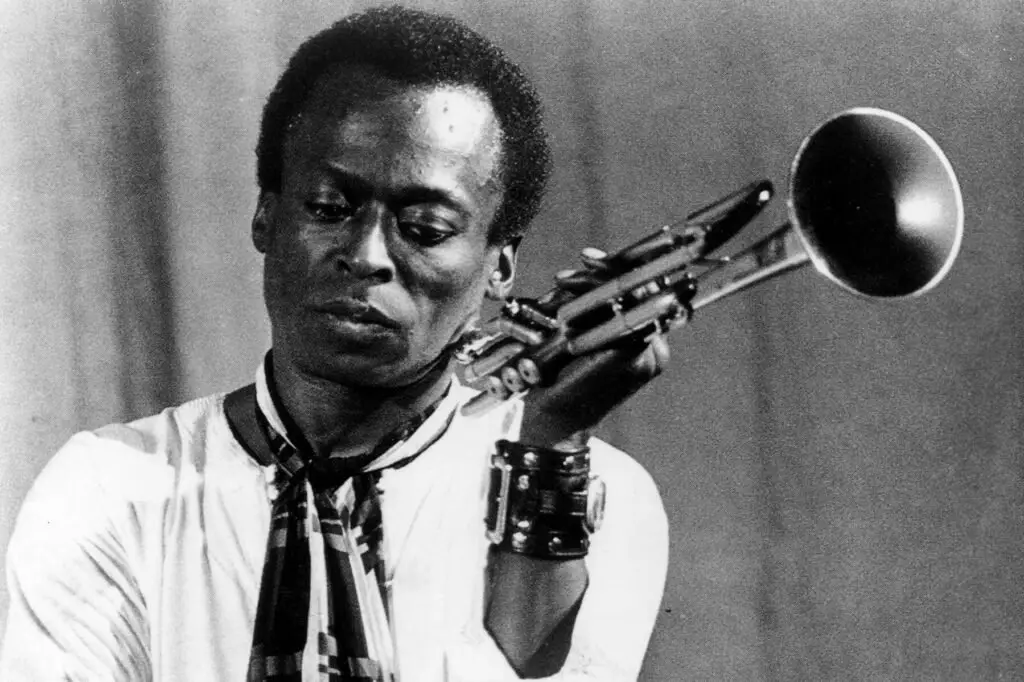
When Bitches Brew dropped, it was like nothing else on the shelves. Miles Davis blended jazz with rock and electronic sounds, creating something wild and unpredictable. Long, sprawling tracks filled with improvisation broke the traditional rules of jazz, and some critics didn’t even know how to classify it.
But that was the point. Davis opened the door to jazz fusion, inspiring an entire generation of musicians to experiment. It showed that breaking boundaries could lead to whole new genres. The record wasn’t just music, it was a challenge to think differently.
15. Horses – Patti Smith (1975)
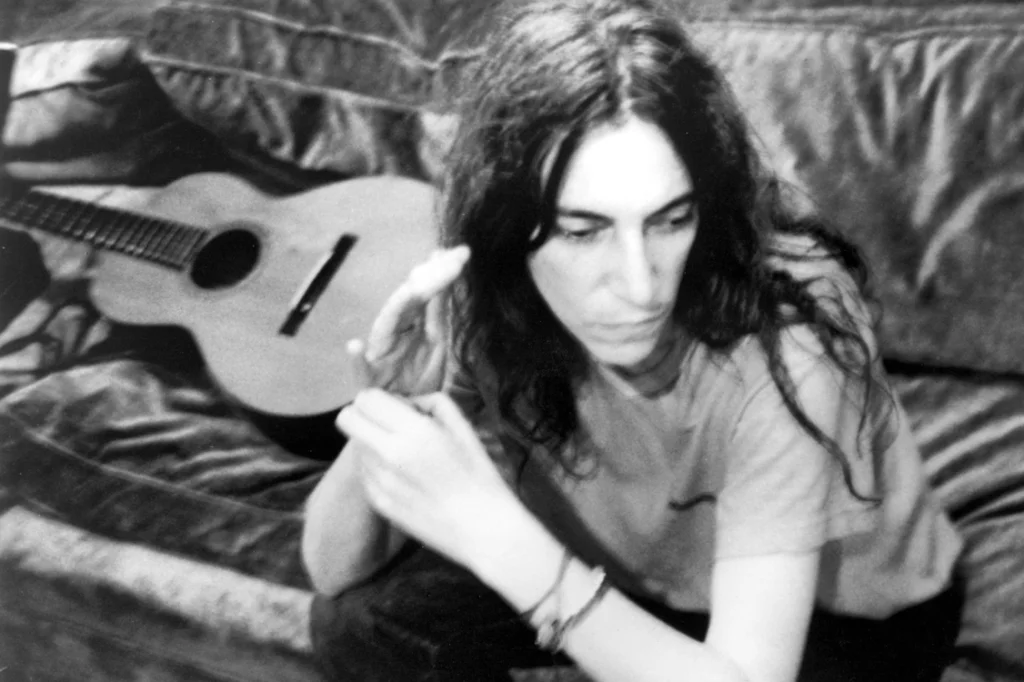
Patti Smith’s Horses was raw, poetic, and unapologetic. At a time when women in rock were often expected to be polished and glamorous, Smith showed up with messy hair, a men’s shirt, and lyrics that read like revolutionary poetry. The album opened with a reimagined cover of “Gloria” that made listeners realize immediately she was rewriting the rules.
Smith’s combination of punk energy and literary depth set her apart. She wasn’t just making music, she was creating art. Horses gave voice to outsiders and paved the way for more women to push boundaries in rock.
16. Goodbye Yellow Brick Road – Elton John (1973)
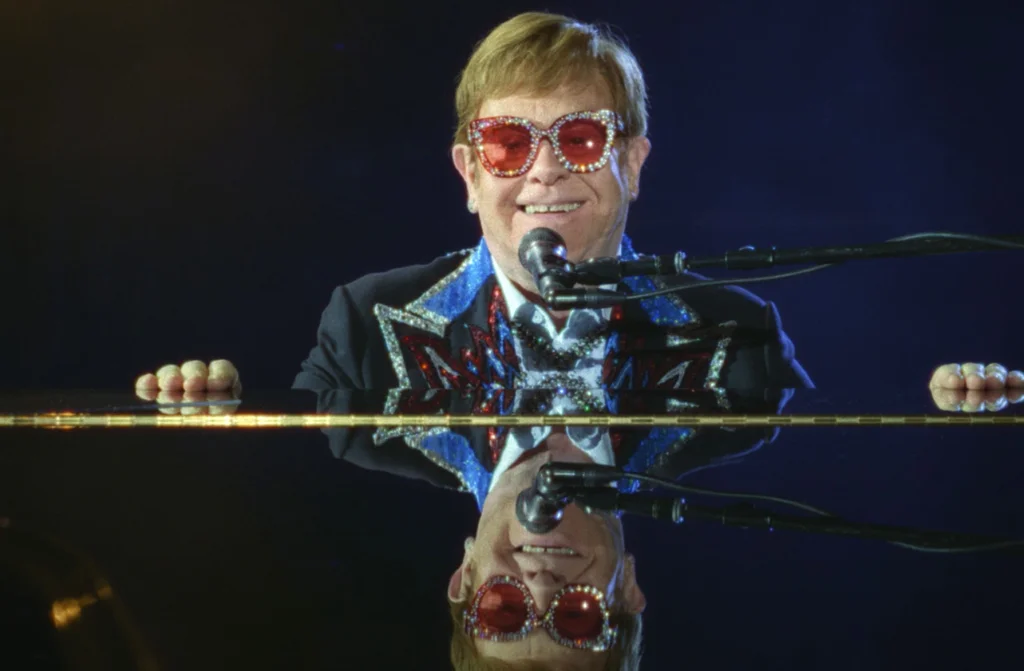
Elton John went big with Goodbye Yellow Brick Road. The double album showed off his range, from ballads like the title track to rockers like “Saturday Night’s Alright for Fighting.” Most artists would’ve struggled to fill two records, but Elton used it as a chance to show just how versatile he could be.
It broke rules by proving that flamboyance and substance could live side by side. With Bernie Taupin’s lyrics and Elton’s showmanship, the album became an eclectic masterpiece. It stood out as one of the most ambitious pop-rock statements of the decade.
17. Raw Power – Iggy and the Stooges (1973)
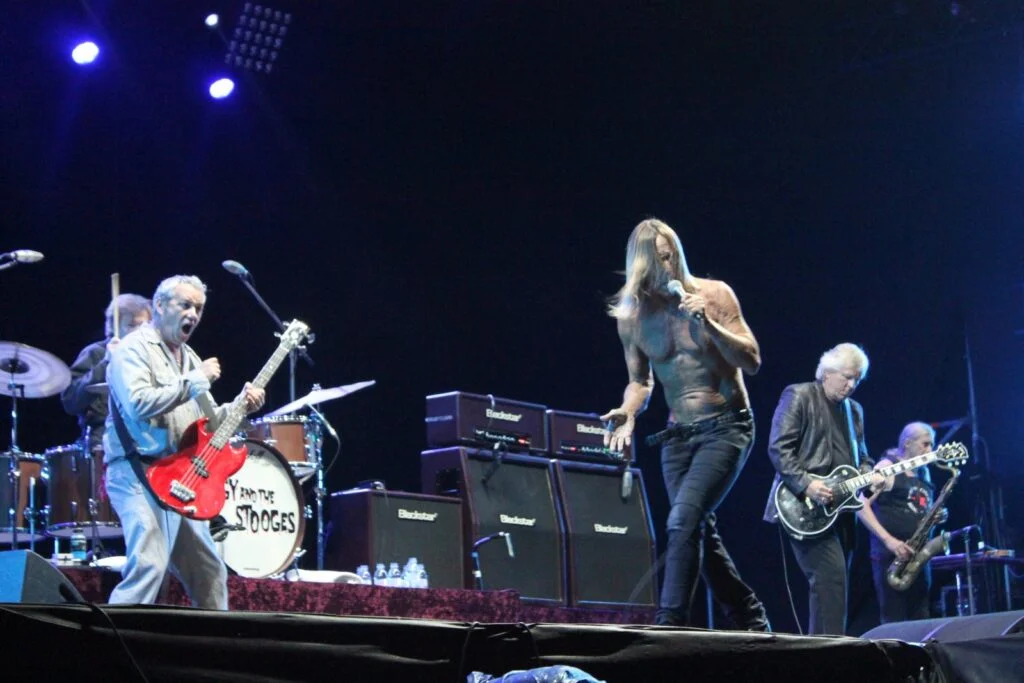
If there was ever an album that embodied chaos, it was Raw Power. Iggy Pop snarled his way through songs that felt dangerous and unpredictable. The production was messy, almost abrasive, but that only added to its charm. At the time, it confused listeners used to polished rock.
Looking back, it was years ahead of its time. The album helped lay the foundation for punk and alternative rock. By refusing to follow the rules of what music “should” sound like, Iggy and the Stooges created something lasting.
18. Marquee Moon – Television (1977)
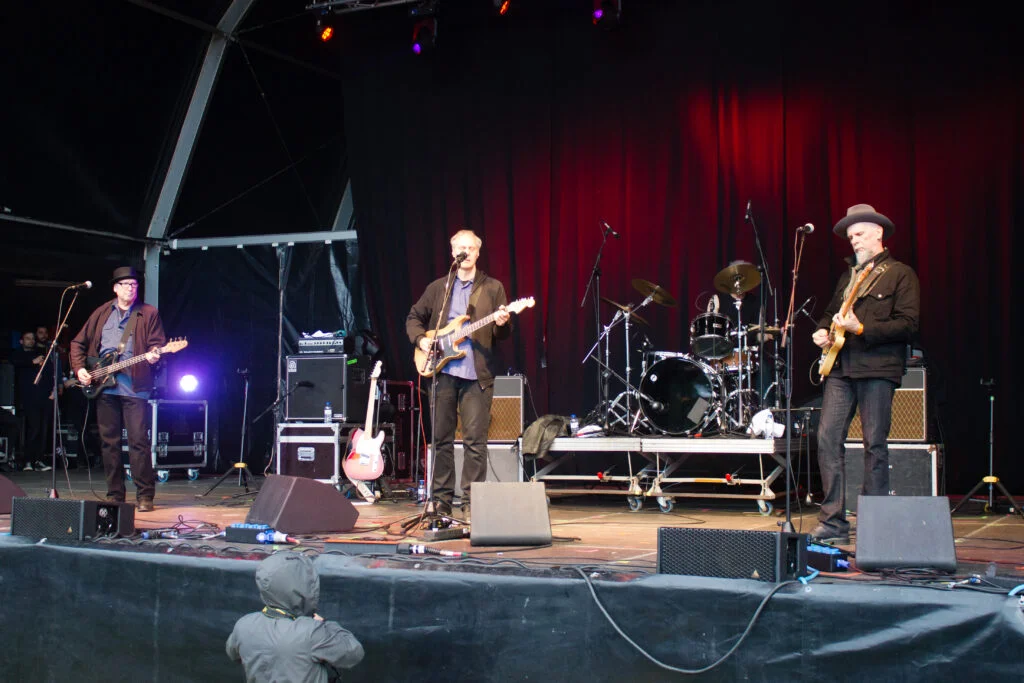
Television’s Marquee Moon was unlike anything else coming out of New York’s punk scene. While their peers leaned into short, aggressive bursts of sound, Television crafted long, intricate tracks with interweaving guitars. The title track alone ran over 10 minutes—punk wasn’t supposed to do that.
Yet it worked. The album proved that punk could be intellectual and musically complex without losing its edge. Marquee Moon became a cult classic, influencing countless indie and post-punk bands that followed. It broke the rules by refusing to be boxed in.


